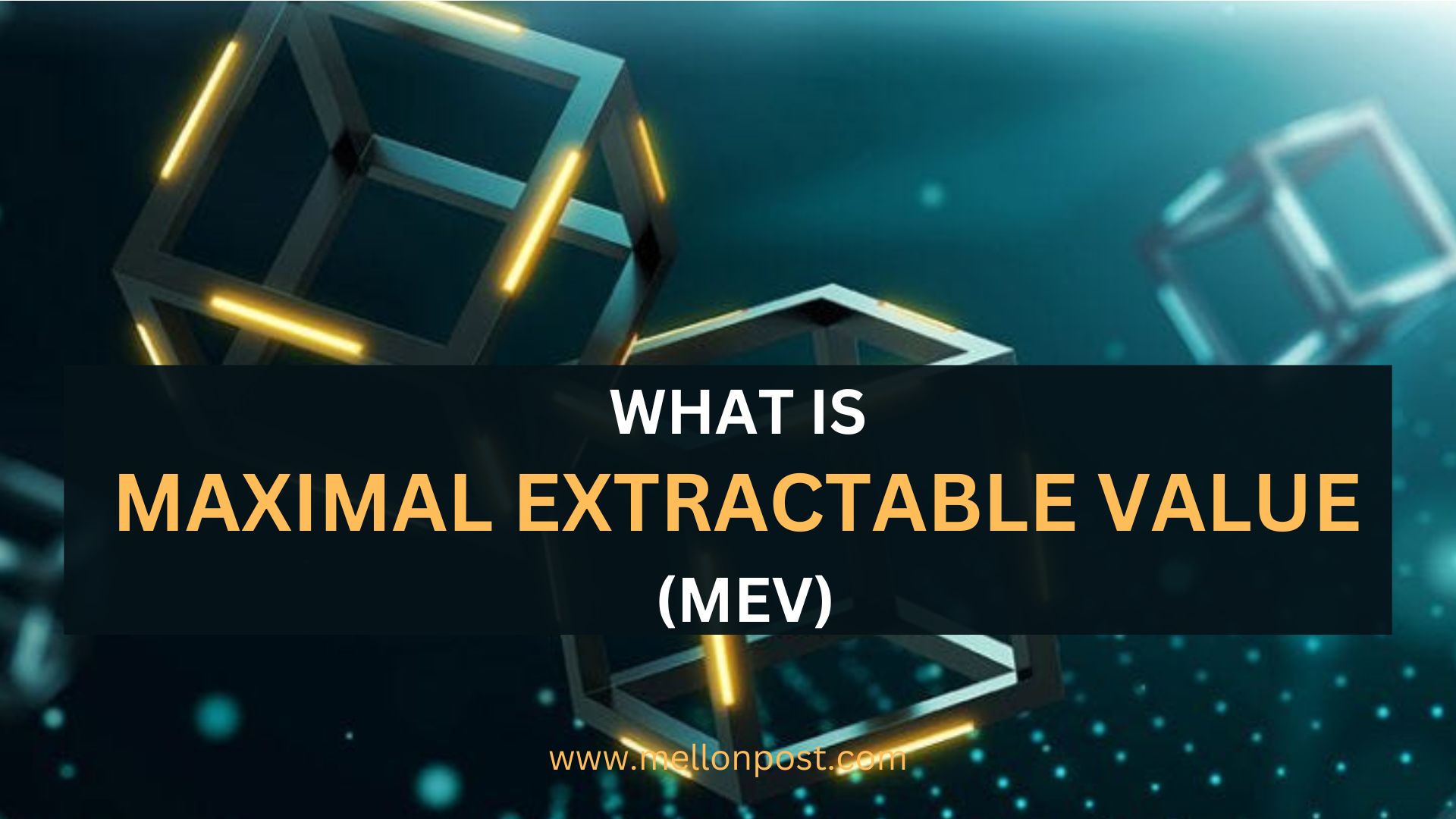
What is Maximal Extractable Value (MEV)?
Table of Contents
Maximal Extractable Value (MEV) is a critical concept in the blockchain space, particularly within decentralized finance (DeFi).
MEV refers to the maximum value that can be extracted from block production beyond standard block rewards and gas fees. This is achieved by including, excluding, or reordering transactions within a block.
Below is a detailed overview of what MEV is, how it works, and its implications for the crypto ecosystem.
Understanding MEV
MEV is essentially the profit that miners or validators can make by strategically manipulating the order of transactions within a block. This practice takes advantage of arbitrage opportunities, liquidations, and other DeFi mechanisms that can generate substantial profits.
MEV is especially prevalent in Ethereum due to its vibrant DeFi ecosystem, but it is relevant in any blockchain that supports complex smart contracts.
How Maximal Extractable Value Works
1. Arbitrage: Miners can exploit price differences between decentralized exchanges (DEXs) by reordering transactions to buy low on one DEX and sell high on another.
2. Front-running: This involves inserting a transaction ahead of a pending transaction based on the same information, such as buying tokens before a large purchase that is likely to increase the price.
3. Liquidations: Miners can profit by liquidating undercollateralized positions on lending platforms, often earning liquidation fees.
MEV in Practice
The process of extracting MEV can be both beneficial and harmful. On one hand, it provides incentives for miners and validators to secure the network. On the other hand, excessive MEV extraction can lead to inefficiencies and unfair advantages, where miners prioritize their profits over the network’s health and user experience.
MEV Mitigation
The crypto community is actively exploring solutions to mitigate the negative impacts of MEV. These include:
1. Flashbots: An open research and development organization aiming to bring transparency and fairness to MEV extraction. They provide tools and frameworks for fair transaction ordering.
2. EIP-1559: An Ethereum Improvement Proposal that introduces a base fee mechanism to stabilize transaction fees, potentially reducing the impact of MEV by making it less profitable to reorder transactions.
3. Layer 2 Solutions: Off-chain scaling solutions can help reduce the occurrence of MEV by processing transactions outside the main Ethereum chain, where MEV opportunities are less prevalent.
Current Developments
As of 2024, the landscape of MEV continues to evolve with advancements in blockchain technology and increased awareness within the community. Projects and protocols are developing more sophisticated tools to detect and mitigate MEV, aiming to enhance the fairness and efficiency of blockchain networks.
Continue reading: Trust wallet launches Browser Extension and Integrates with Binance

